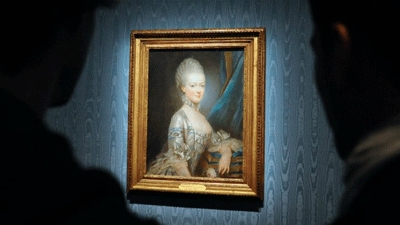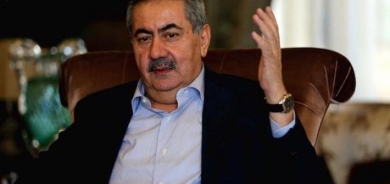Science sheds new light on Marie Antoinette ‘love affair’

The phrase “Let them eat cake” was likely never uttered by Marie Antoinette before the revolutionary guillotine cut her life short in 1793. But now scientists are uncovering a selection of quotes that we can actually attribute to France’s tragic queen and which, in the process, may reveal some of the risqué secrets she took to the grave.
A team working at France’s Research Centre for the Conservation of Collections (CRCC) in November exposed the first of 13 passages that were handwritten by Marie Antoinette and later redacted by an unknown censor.
The passage, part of a longer letter written by Marie Antoinette to the Swedish Count Axel de Fersen on January 4, 1792, says:
“I will end [this letter] but not without telling you, my dear and gentle friend, that I love you madly and that there is never a moment in which I do not adore you.”
That declaration of love was penned six months after Fersen unsuccessfully tried to whisk her and her captive husband, King Louis XVI, away from Paris. A year later, the king would be executed.
The researchers, who are funded by France’s National Archives, said the manuscript is one of the rare known letters signed by Marie Antoinette.
Historians have long debated the nature of Marie Antoinette and Fersen’s relationship – whether it was romantic, sexual or merely platonic.
More copper
The CRCC said that previous attempts to decipher the obscured content of the letters had repeatedly met with failure since the National Archives acquired them in 1982 before cutting-edge imagery technology finally allowed the recent breakthrough.
Using X-ray and different infrared scanners, researchers said they were able to “discriminate between the two levels of writing”. A series of carefully drawn circular scribbles mask Marie Antoinette’s original handwriting, and may have been added by Fersen or one of his descendents.
“Thanks to slight variations in the concentration of copper between the two inks ... [we were able] to distinguish the two levels of writing,” the researchers said in a press release.
The CRCC said one goal of the project was to replicate the successful technique to “better understand and preserve” other objects that are part of France’s cultural heritage.
They also promised to reveal other details from Marie Antoinette’s private correspondence.
FRANCE24













